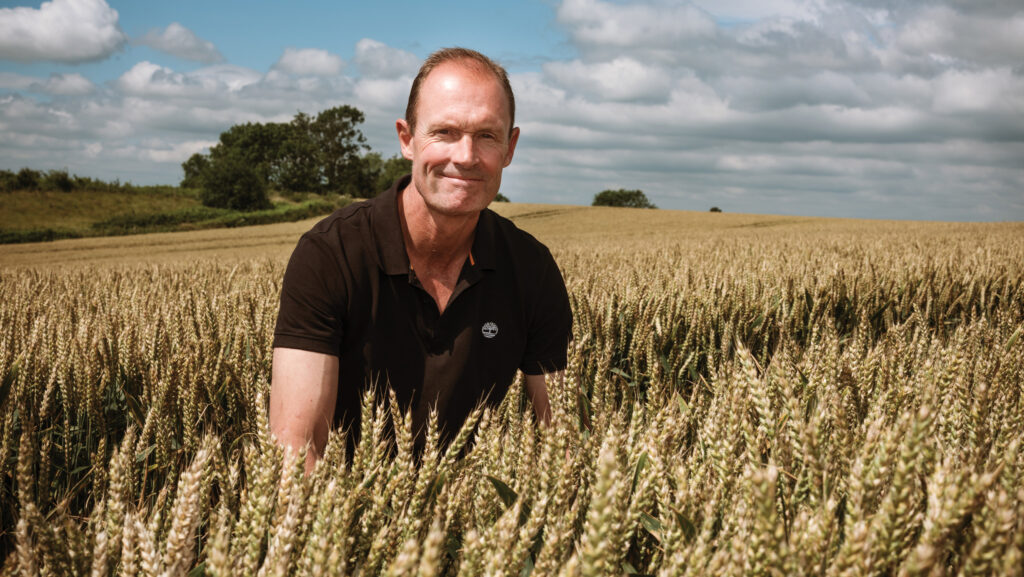Farmer Focus: Going full regen not as easy as some make out
 © MAG/Colin Miller
© MAG/Colin Miller I was back at Groundswell again this year. It’s unrecognisable from the first one in its scale and the breadth of stands and speakers, and I don’t imagine Prince William thought of turning up in 2016.
Something that hasn’t changed is that feeling of coming away inspired, which is a great thing, but actually presents me with a bit of a quandary once I’m back on the farm.
I stopped ploughing 25 years ago and have been growing cover crops and sporadically integrating livestock for nearly as long, and I am in no doubt that this has improved the soil.
See also: Why Herts farming family is moving their business to France
And by and large saved me money, except during the inevitable learning-by-mistakes experiences.
I’ve also been pleased with foliar nutrients, some biostimulants and home-brewed microbes, varietal blends, companion crops and cutting out insecticides.
However, many biological applications haven’t paid off, many experiments with clover understoreys have stuttered to a halt, and some environmental and rotational options have had as many problems as benefits.
Moreover, when I have tried pushing things further with much reduced fungicides, nitrogen and herbicides, they have gone great… right up until they definitely haven’t.
Of course, there is an economic model where you produce less, but at a premium price.
However, I can’t shake my concerns over whether this is ethically the right thing to do, when so many people cannot afford to buy food.
So the quandary is, where do I go from here?
I can see a bright future where such technology as field robots, on-farm nitrogen fertiliser production powered by renewable energy, and crops precision-bred for low pest and disease vulnerability and better nutrient use efficiency all combine to massively cut down our external inputs and environmental and carbon footprints.
However, they’re not here yet, and going full-on regen doesn’t seem to be as easy as some of the inspirational speakers make out, although admittedly that could just be me.


